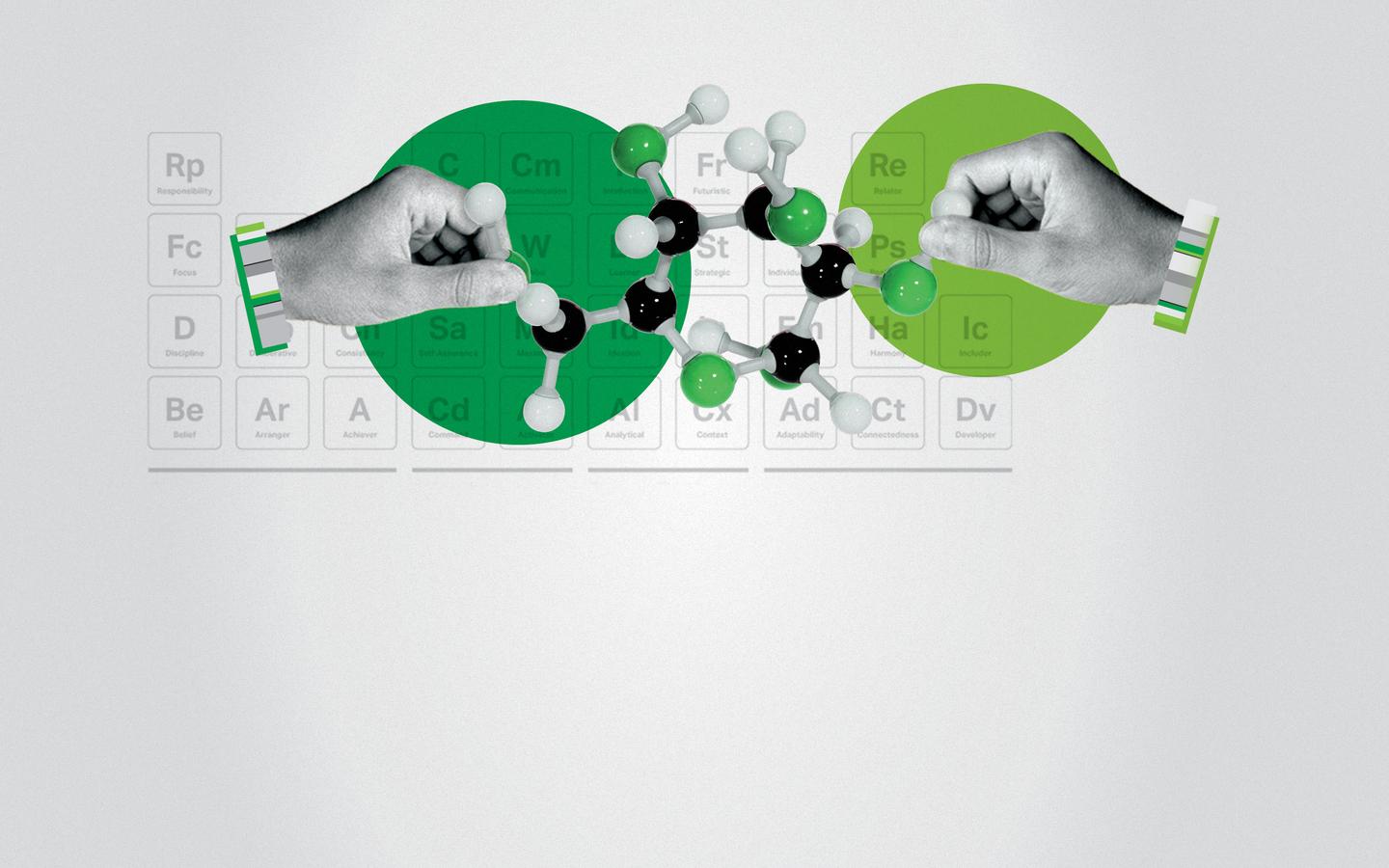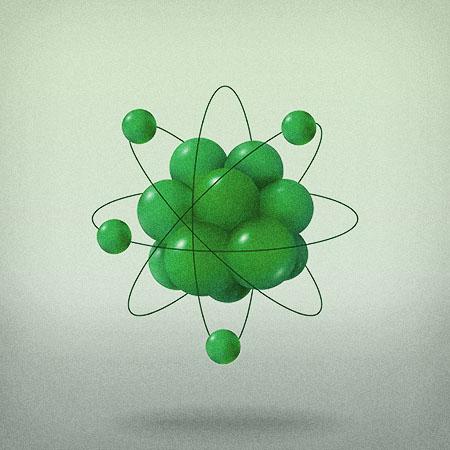
The Science of High-Performing Teams
What creates great team chemistry? And how can leaders consistently harness team dynamics to develop high-performing teams?
Most leaders would like to know the secret recipe for team success -- but instead, they settle for gimmicky team-building methods or middling team productivity. It doesn't have to be this way. By studying team chemistry in a scientific way, it's possible to learn the universal rules of great team management and replicate them in your own organization.
"We cannot understand greatness by studying the average."
Don Clifton, Father of Strengths Psychology
An Organization Is a Team of Teams
You have great people. You have a great mission. What's holding you back?
Great leaders cultivate powerful teams and bring them together toward a shared goal. Whether you lead an executive team or a project team, it's ultimately interpersonal chemistry that makes or breaks long-term performance.
The team level is where people:
-
activate their strengths in collaboration with others
-
experience the organizational culture
-
feel inclusion and belonging
-
form meaningful relationships
-
receive frequent feedback and recognition
In any organization, the gap between talent and outcomes is the quality of your teams.
From Average to Exceptional: How to Build a High-Performing Team
Over the course of three decades, Gallup surveyed more than 183,000 teams to learn about their work experiences.
By combining these data with team performance metrics and organizational outcomes, Gallup discovered what separates the world's best teams from all the rest, including:
- manager talent
- playing to team members' strengths
- meaningful coaching conversations
- frequency of recognition
- leadership training
- setting motivational goals
- ongoing development
Our Framework
Leaders can accelerate team culture development by fostering a group appreciation for talents and strengths and then directing those abilities toward individual and team accomplishments:

1. Self Discovery:
How do I work best?
The first step in producing effective work is knowing yourself. Each person has a unique combination of talents. Whenever an individual gets to work in a way that feels natural and makes sense to them, they are more likely to find that work meaningful, pleasurable and interesting. That's the foundation for deep learning and high performance.

2. Team Discovery:
How do we work best together?
A great team knows what each member brings to the table. We all bring different perspectives, but when we combine those perspectives in a positive way, we accomplish more. When team members know each person's strengths, it lays the foundation for respect and fruitful collaboration.

3. Self Aiming:
What does success look like for me?
Gallup research finds that most employees are not involved in the setting of their own goals. But the most engaged employees have two-way conversations with their manager in which goals are set collaboratively. This provides clarity and promotes ownership for individual work. In addition, when goals are set with strengths in mind, they are more likely to feel achievable and drive natural motivation.

4. Team Aiming:
What does success look like for us?
Great teams know what their members expect from each other. And great managers facilitate regular group conversations to address roadblocks and seek higher performance. They make sure that people feel heard, and they provide recognition that affirms the values of the group.
Cracking the Code on Team Chemistry
Many team conflicts come down to differences in perspective. These viewpoints are often innate and unlikely to be resolved through suppression of opinion. Even in high-performing teams, these differences can be a source of friction. And even in functional teams, leaders may still struggle to get everyone on the same page. Team members may lack motivation due to an unclear vision or competing visions of what "quality," "success" or "excellence" means.
But what if you could turn those differences into your greatest asset?
The CliftonStrengths assessment identifies each team member's naturally recurring patterns of thought, feeling or behavior. When people work in alignment with their natural talents, they achieve exceptional performance.
A CliftonStrengths Team Grid works like a DNA test for team dynamics. It's a shortcut for team chemistry that gives team members a language to talk about themselves and a way to understand differences from a position of respect and appreciation.

Everyone on the team brings something to the table. Someone with very different strengths brings something important -- perhaps critical -- to team success. They can see and do things with ease that their partners cannot.
A CliftonStrengths Team Grid can also:
-
improve decision-making by making team members aware of blind spots
-
accelerate team productivity by helping each person find their unique contribution faster
-
increase collaboration between teams
Gallup is often asked which CliftonStrengths themes are most important when it comes to team performance. Our research has found that knowing each other's strengths is more important than which strengths a team has.
What Does the Science of Teams Have to Say About ...

Performance
Gallup has found that managers prioritize team goals above individual goals. And yet, when it comes to setting goals, employees are far more likely to report having individual goals (58%) than team goals (36%) as part of their performance development plan. The best teams have three kinds of goals front of mind: individual, team and customer.
Learn more: 2% of CHROs Think Their Performance Management System Works

Productivity
In a 2024 meta-analysis of 183,806 teams, Gallup found a substantial relationship between employee engagement and team performance. Compared with teams scoring in the bottom quartile of engagement, top-quartile teams were 18% more productive (in sales), 14% more productive (in production records and evaluations), and 23% more profitable.
Learn more: Gallup's 11th Employee Engagement Meta-Analysis

Managers
One of Gallup's biggest discoveries in the science of teams is that the manager accounts for 70% of the variance in team engagement. This means that managers are the biggest factor in team enthusiasm and ownership of work. The best managers have regular, meaningful coaching conversations with each team member. They also lead team discussions and solicit opinions for continual improvement.
Learn more: It's the Manager

Team Size
Gallup has found that the team size "sweet spot" depends a lot on the talent of the manager. Highly talented managers can effectively manage teams greater than 15 people. Moderately talented managers are most effective with teams of four or fewer.
Learn more: What's the Ideal Team Size? It Depends on the Manager

Hybrid Work
Most organizations have hybrid policies in place, but Gallup has found that the most successful hybrid teams create their own game plan, or team charter, for hybrid expectations. This creates a sense of shared commitment and personal responsibility to one another, beyond rule-following.
Learn more: How to Boost Productivity in Hybrid Teams
Insights
Take your teams to the next level.
Get in touch to learn more about how we can partner with you.


